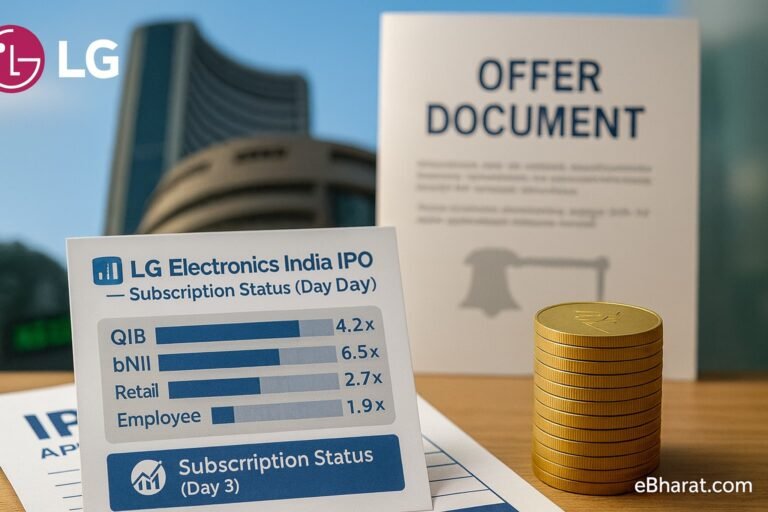
Shares of Adani Power witnessed a sharp fall of about 6% in Tuesday’s trading session, driven by profit booking after a rapid run-up following the company’s first ever 1:5 stock split. The decline reflects normal post-split adjustments and short-term investor behavior rather than a change in underlying fundamentals.
What Led to the Fall
- Adani Power shares had surged dramatically (about 35%) over the previous three trading sessions, bolstered by positive sentiment.
- The downturn came after the stock split became ex-date. As part of the split, each existing share of face value ₹10 was subdivided into 5 shares of face value ₹2 each.
- On the split record date and ex-split trading, the share price adjusted from its previous closing (pre-split) level to a lower per-share price, which can appear like a plunge, though the total investment value per shareholder remains unchanged.
Key Figures & Adjustments
Why the Drop Is Mostly Optical & Driven by Profit Booking
- The ~80% drop reported in some headlines reflects the mathematical adjustment to the share price due to the split—not a real loss. Shareholders now hold more shares at a lower face value.
- After the split took effect, Adani Power’s stock post-split traded higher, reaching new 52-week highs.
- The profit booking came as short-term investors sought to realize gains following the stock’s sharp run. Such pullbacks are common when stocks rally hard in a short span.
What This Means Going Forward
- Liquidity & Retail Participation May Improve: The split reduces the per-share cost, making the shares more affordable for smaller/retail investors, which could increase trading volumes.
- Valuations Remain under the Spotlight: Though momentum is strong, analysts caution that expectations may be steep, especially with Q1 financials showing certain declines. It’s important to watch operating metrics, margin performance, and any cost pressures.
- Promoters / Institutional Sentiment: Regulatory clarity (including SEBI dismissals of certain allegations) and positive brokerage ratings (like Morgan Stanley) have contributed to optimism around the stock. But future gains may depend on continued trust from institutions and earnings execution.
Conclusion
Adani Power’s ~6% drop following its stock split is mainly a result of profit booking after a strong run, coupled with the mechanical price adjustment from the split. For long-term investors, the underlying story remains largely intact: improved accessibility, regulatory clarity, and strong institutional interest. However, the recent surge also raises the bar for performance—investors should monitor upcoming earnings closely and temper expectations in the near term.












